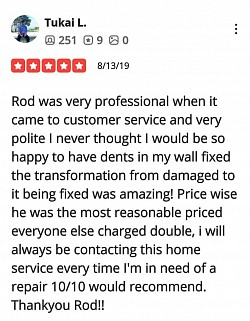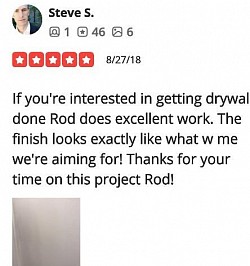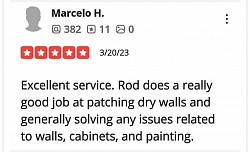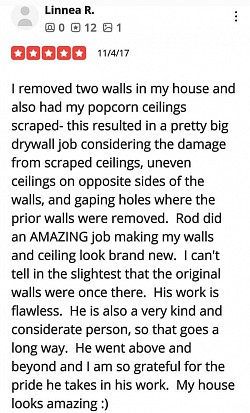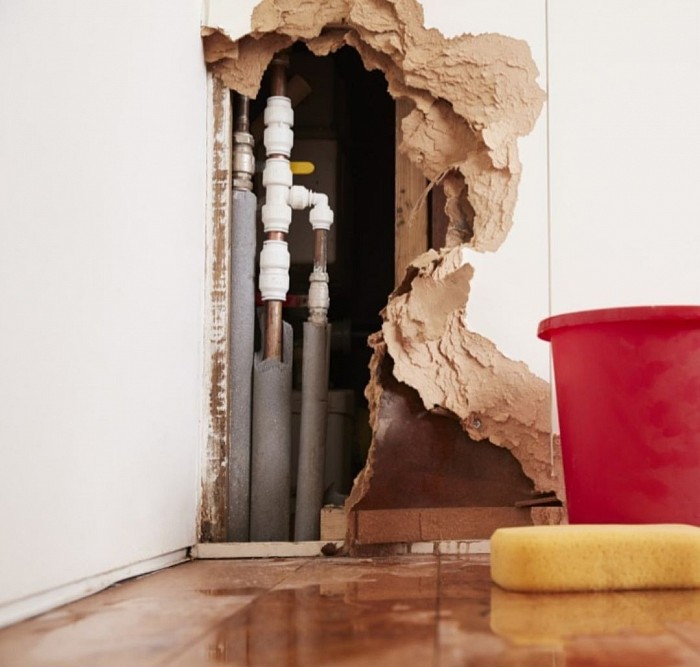Reviews: Just a few of many satisfied clients
Frequently Asked Questions.
#1 Nail Pops
They can occur when lumber shrinks and exposes the shank of a nail or scew. Pressure on the loose drywall panel causes the head of the fastener to pop through. To repair, drive a drywall screw about 1 1/2 inches above or below the pop on the same stud. Press the panel firmly against the framing as you set the screw. Next, remove or reset the popped fastener. If the surface is damaged,we use a mesh tape to strengthen and conceal the repair. “Compared with paper tape, mesh trowels out thinner.” Improper fastener length can also contribute to the problem. When installing drywall, make sure the screws penetrate the stud by at least 5/8 inch; nails should penetrate the stud by at least 7/8 inch. Don’t set the fastener too deep; tearing the paper surface also reduces the holding power of the fastener. “Do it right the first time,” urges Ferguson.
#2 Popcorn Ceiling
Whether you hate the look or have dirt and stains on your popcorn ceiling, your best option is to remove the old texture and start from scratch. “Sprayed acoustic ceilings are notorious dirt and dust collectors,and patching water stains and cracks is almost impossible. Although only a small percentage of sprayed acoustic ceilings contain asbestos fibers, have a small sample tested before starting work. If the lab gives the all-clear, use a ceiling-texture scraper to remove the old finish. This tool consists of a handle, blade and plastic bag. As you scrape, the bag catches most of the debris, making cleanup easier. You won’t get a smooth ceiling after you remove the acoustic. Most contractors apply only two coats of joint compound to drywall joints when the ceiling will be covered with a popcorn finish. For a smooth finish, you’ll need to sand and apply a third coat. Then paint with a drywall primer followed by a flat ceiling paint. It hides imperfections better than glossier paints. If you want to apply a new texture, the simplest is a “knockdown” finish. Thin down some joint compound with water and roll it on the ceiling with a medium-nap paint roller. When the compound is almost dry, run a wide trowel over the surface. The semismooth surface can be painted with a glossier paint without sacrificing its hiding quality.
